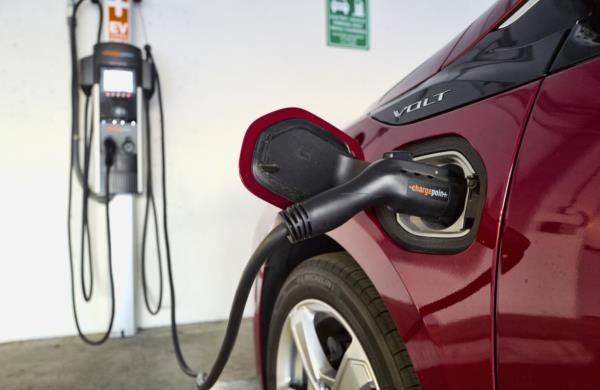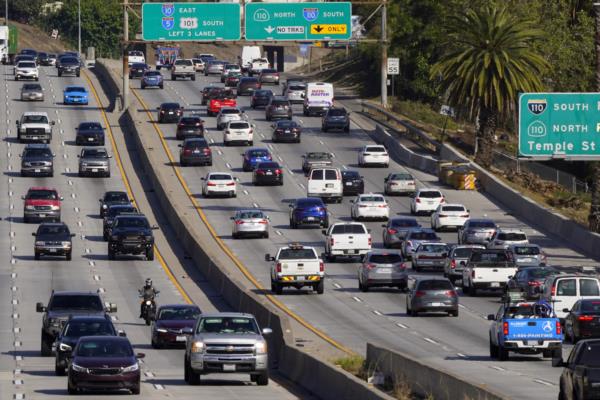
The Biden administration has unveiled new federal rules that will require new vehicles sold in the U.S. to average about 38 miles per gallon of gasoline in real-world driving by 2031, up from about 29 mpg this year. The final rule will increase fuel economy by 2% per year for passenger cars for model years 2027 to 2031, while SUVs and light trucks will see a 2% increase per year for model years 2029 to 2031.
The administration cited the need for flexibility in the auto industry to focus on electric vehicles, stating that higher gas-mileage requirements would have imposed significant costs on consumers without sufficient fuel savings to offset them. President Biden aims for half of all new vehicles sold in the U.S. in 2030 to be electric, as part of efforts to combat climate change, with gasoline-powered vehicles being the largest source of U.S. greenhouse gas emissions.
The new standards are expected to save nearly 70 billion gallons of gasoline through 2050, preventing over 710 million metric tons of carbon dioxide emissions by midcentury. Transportation Secretary Pete Buttigieg highlighted that the standards will save car owners more than $600 in gasoline costs over the lifetime of their vehicle.




The rules align with new Environmental Protection Agency regulations tightening tailpipe emissions standards. The National Highway Traffic Safety Administration emphasized that the standards will lead to significant cost savings, reduced dependence on fossil fuels, and cleaner air for all Americans.
While industry groups have expressed some concerns about the need for fuel economy standards in an increasingly electrified vehicle market, the new rules aim to strike a balance between promoting energy efficiency and supporting the transition to electric vehicles. The administration's decision has drawn mixed reactions, with environmental groups criticizing the standards as inadequate, while industry representatives see them as a step towards aligning with evolving market trends.







